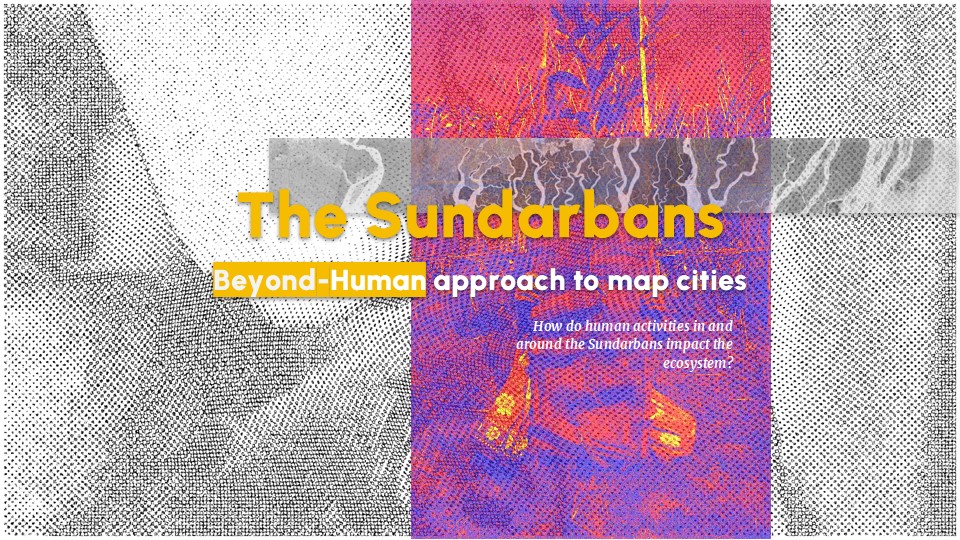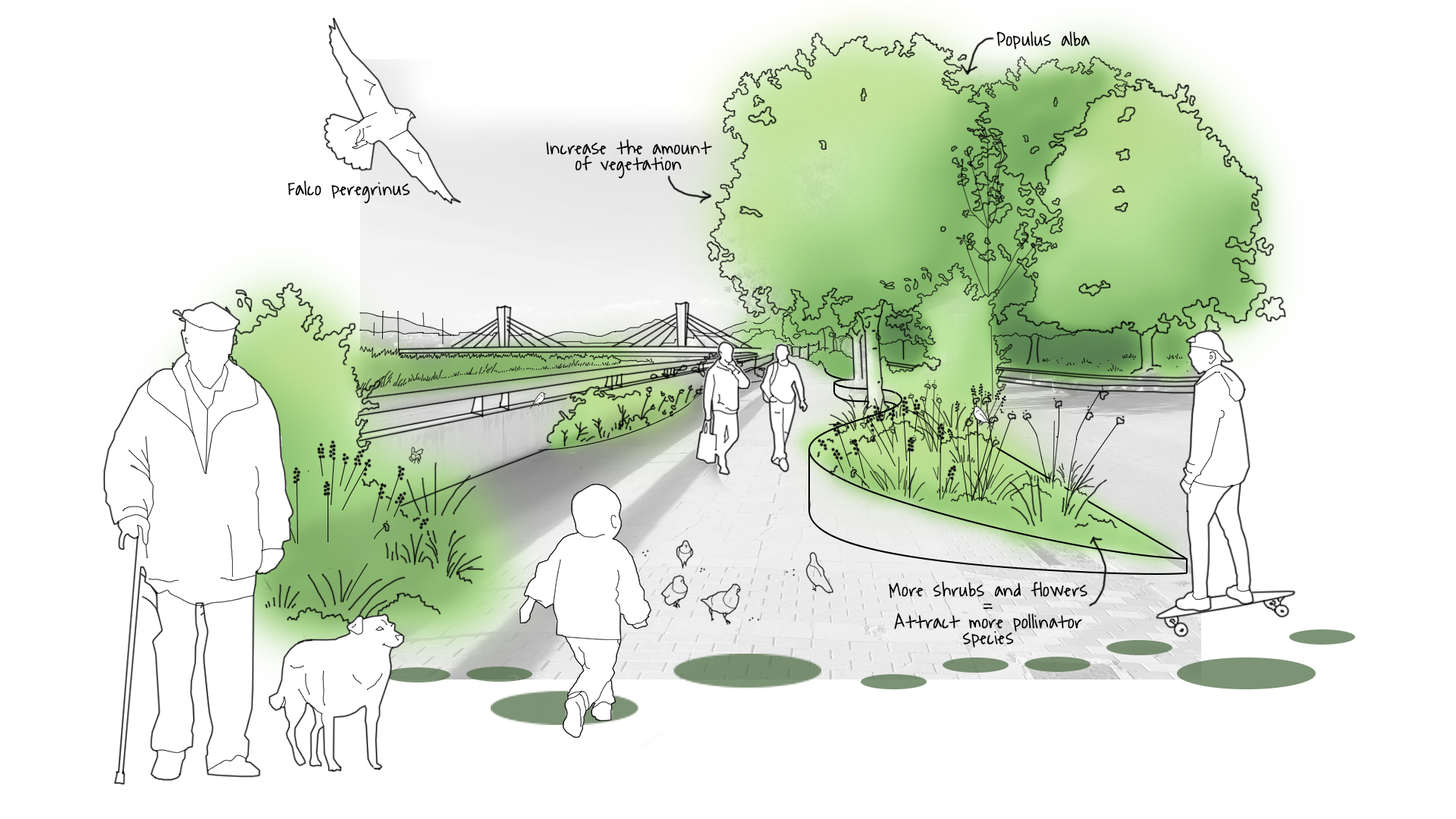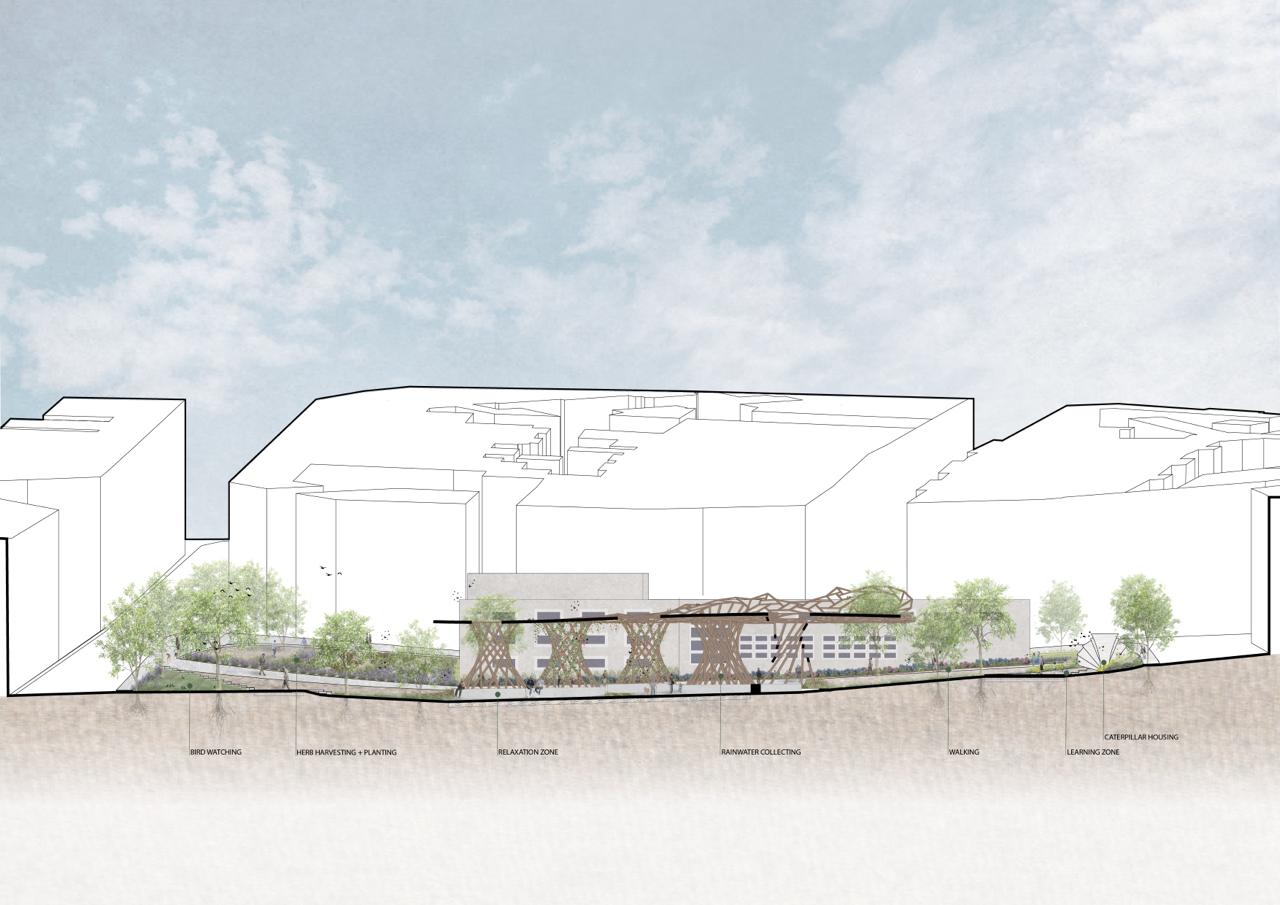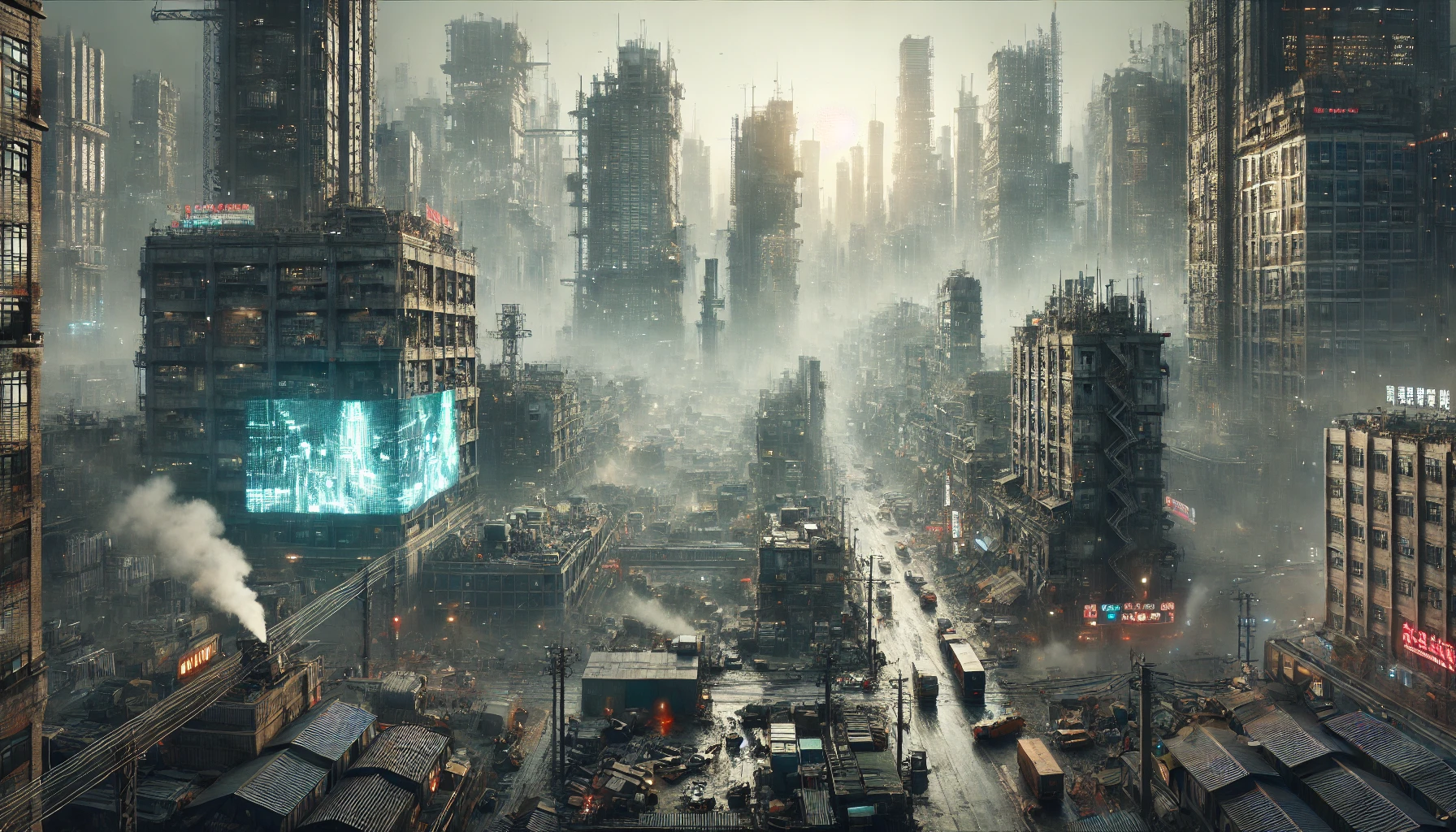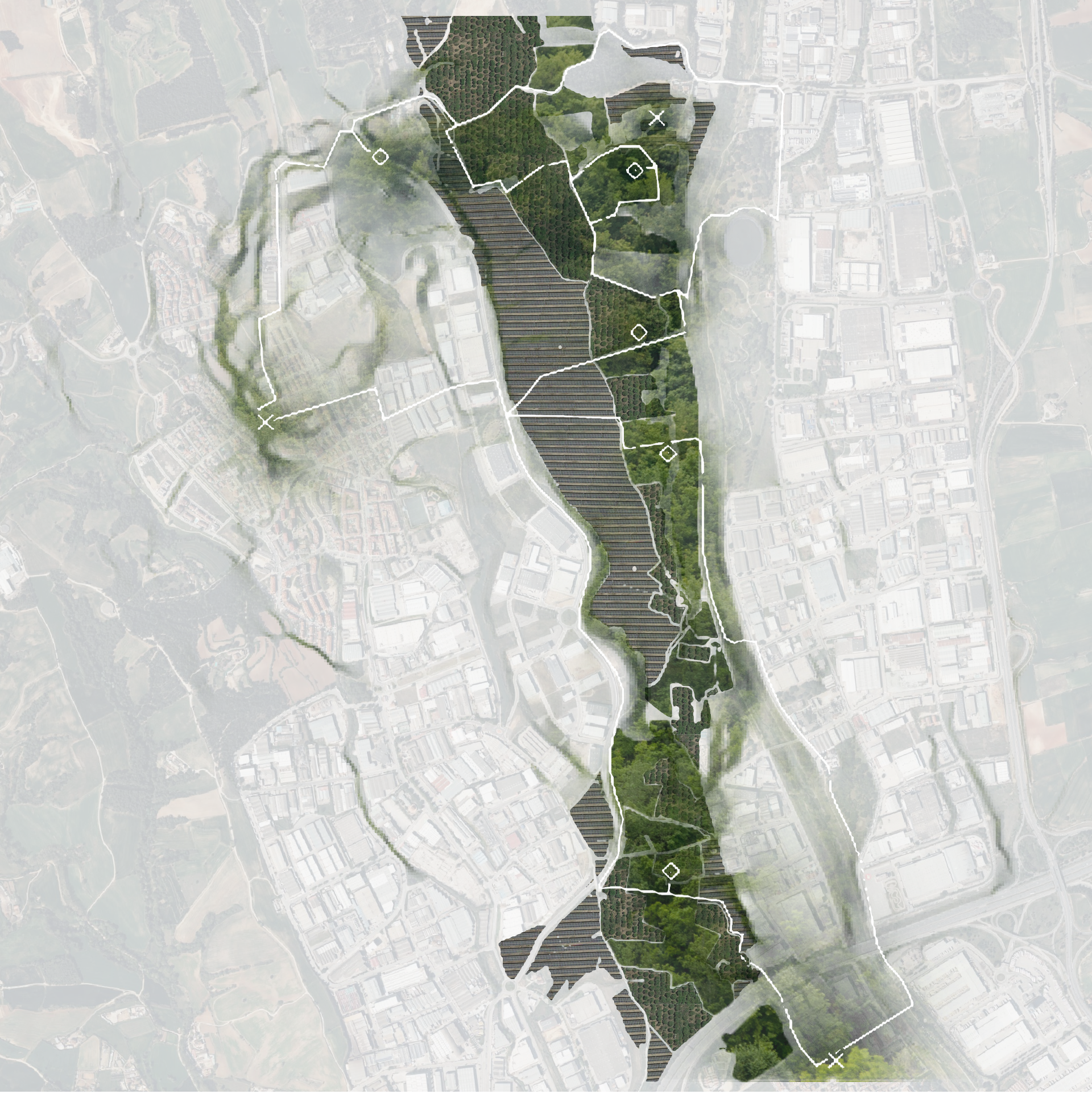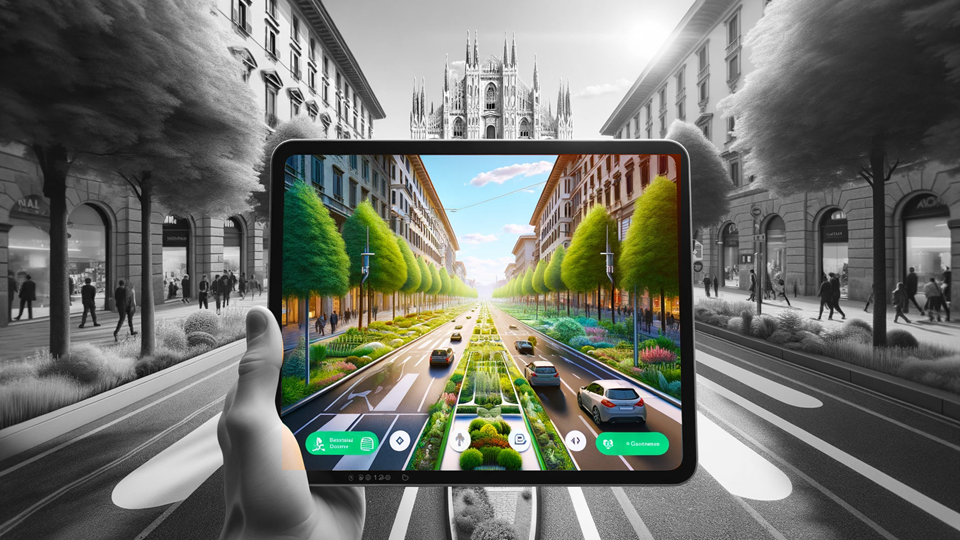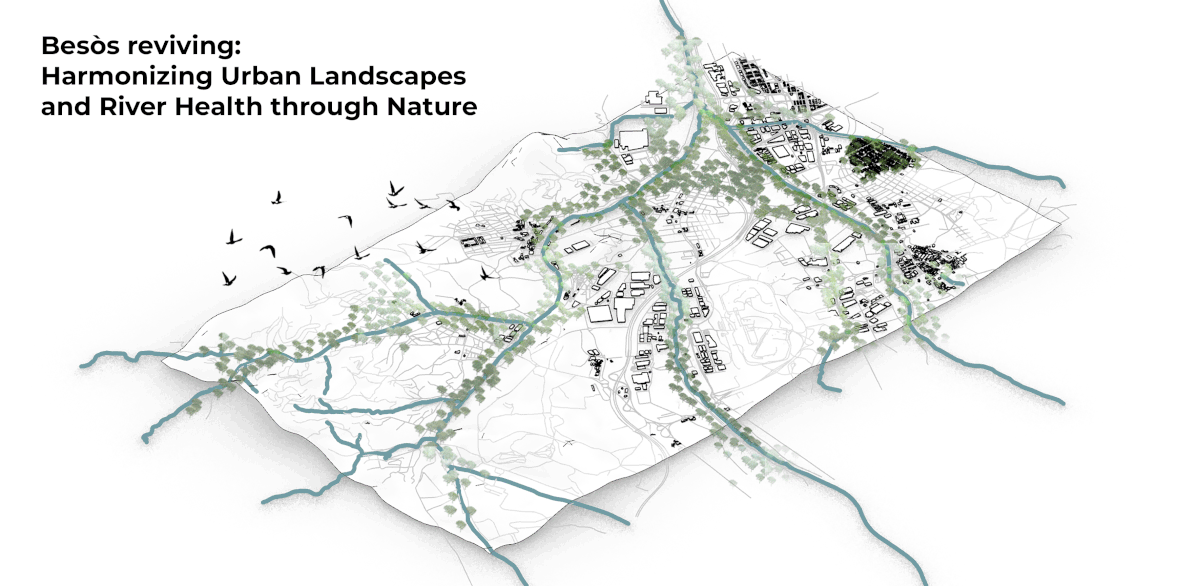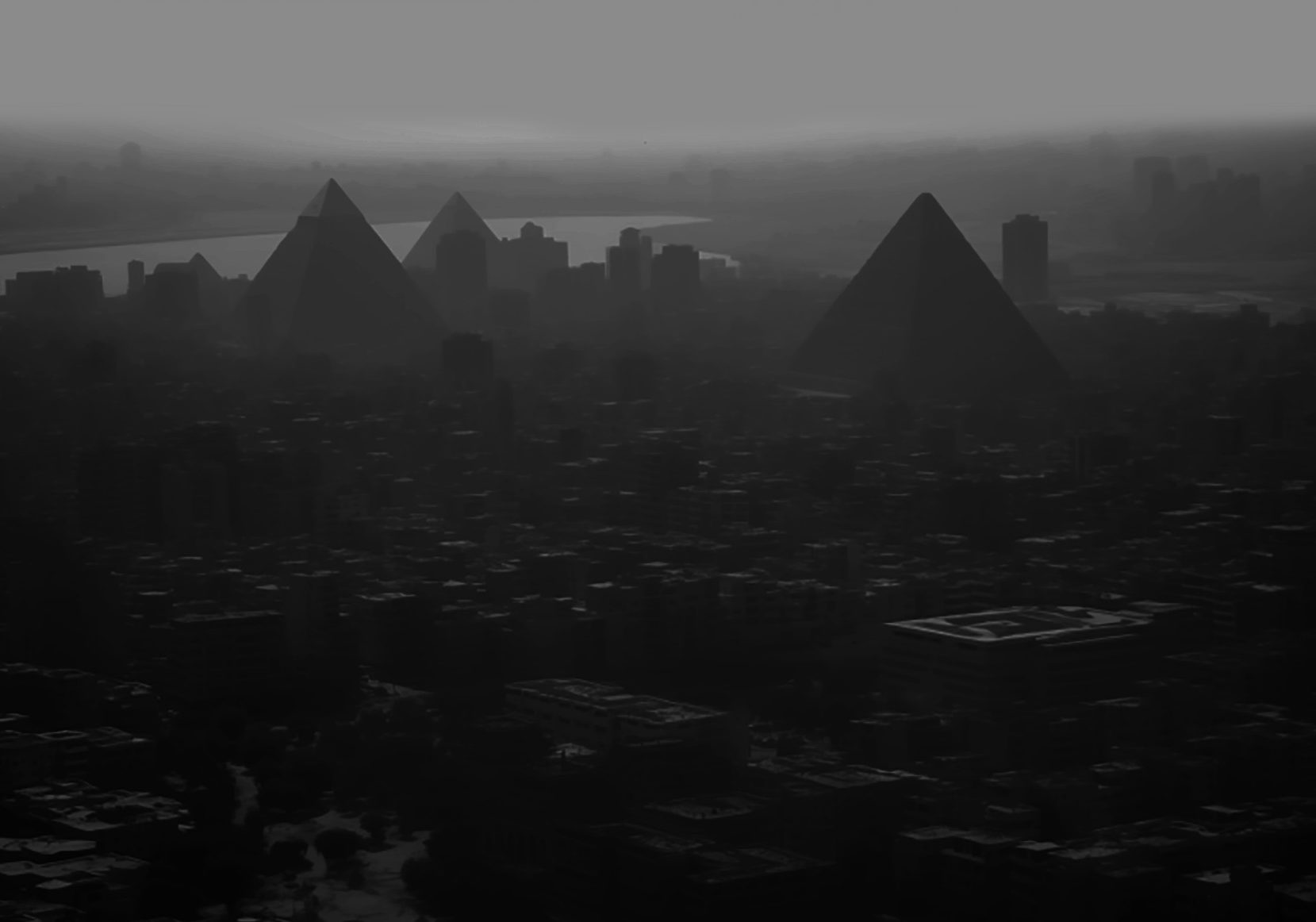The Sundarbans: Beyond-Human approach to map cities
The Sundarbans Reserve Forest is the largest contiguous mangrove forest in the world. A wildlife sanctuary with an area of 139,700 ha, considered as a core breeding area for a number of endangered species (The Sundarbans, n.d.). and home of the Bengal Tiger. STUDY AREA The Sundarbans is a shared protected area between India and … Read more

